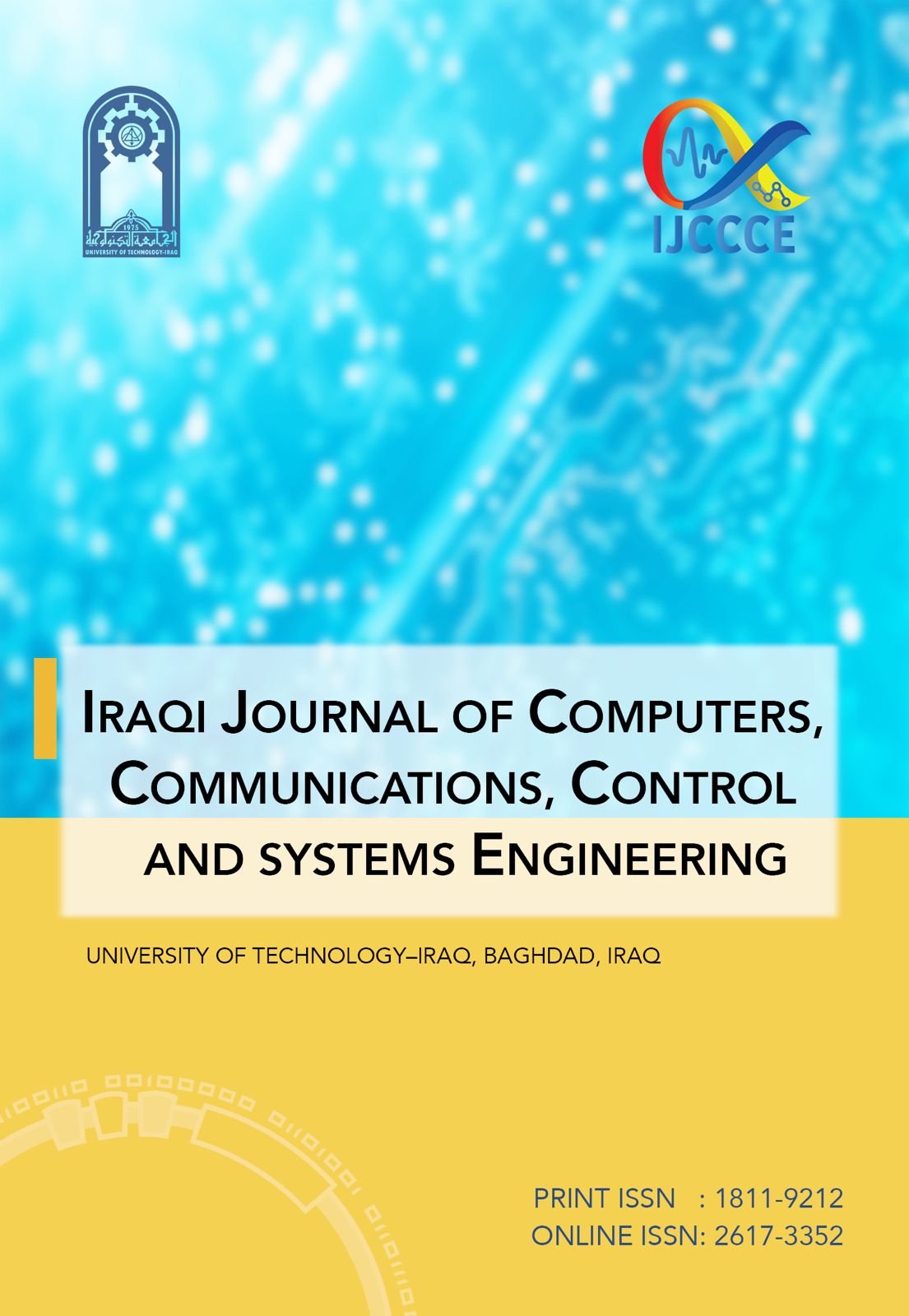Abstract
This paper focuses on the comparison of two proposed fuzzy logic-based path planning systems for a 2-DOF robot manipulator. The first system is joint space path planning and the second system is Cartesian space path planning. The proposed planning systems were composed of several separate fuzzy units whichindividually control each manipulator joint. For the 1st system, the main inputs of the two fuzzy blocks were the current joint position and the difference in joint angle between the goal and the current positions. For the 2ndsystem the main inputs were the new x-axis error and the current x-axis value of the robot end-effector for the first fuzzy bock, and the new y-axis error and the current y-axis value of the robot end-effector for the second fuzzy block. The objectives were to move the arm from the start configuration to the goal configuration. The comparison of the simulation results shows clearly that the results of the second system is better and the robot reached the goal configuration in the two cases successfully with relatively small error in the order of (0.00041775 m in x-axis; and -2.8386 × 10−005 m in y-axis) for the second system and in the order of 0.014087 and -0.040168 degree in terms of joint angular positions 01 and 02 respectively for the first system.
Keywords
Cartesian Space
Fuzzy logic
Joint Space
Path planning
Robot manipulator
